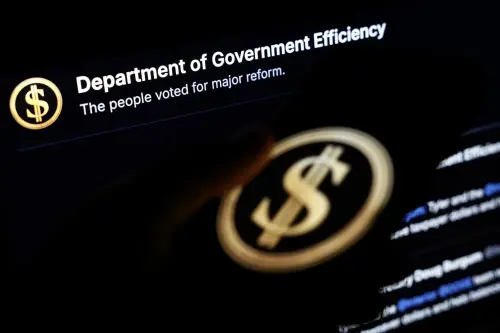In the midterm elections of 2010, the Tea Party assault on Republican Party incumbents was successful enough to create within the House Republican Conference a group of insurgents whose uncompromising positions on issues shut down the government, drove a Speaker of the House from office, and opened up an era of even more intense dysfunction in the Congress. Since then, more journalists and scholars have come to realize that to understand politics in a country where the political parties are “big tents,” one needs to appreciate the important role that factional divisions within parties play.
When we began The Primaries Project in 2014, we called congressional primaries “the stepchild of election studies” because journalists and scholars largely ignored them. Since then, however, more and more people have realized that the key to understanding factions in American political parties is to understand congressional primaries. Even though contested congressional primaries are rare and even though incumbent defeats in primaries are even more rare, factional divides within a party manifest themselves in primaries, and the existence of those factions shapes the behavior of members of Congress—even when they are not being directly challenged themselves. Thus, in establishing The Primaries Project four years ago, we set out to understand the dynamics within each political party and the different factions’ impact on the policy agenda—regardless of whether those factions were winners or losers.
This report is divided into six parts below; read it in full by starting with the introduction, or jump to individual sections.
Introduction

When we began The Primaries Project in 2014, we set out to understand the dynamics within each political party and the different factions’ impact on the policy agenda, regardless of whether those factions were winners or losers. With a surge of candidates running in 2018—2,280 total primary congressional candidates ran for office, an increase of nearly 500 over the 2016 cycle—we have a massive dataset that reveals a lot about the state of American politics today.
Who runs in congressional primaries?

By painstakingly coding data from campaign websites for incumbents, their challengers, and those running for open seats, we are able to examine just who is running in primary elections. Using this information, we break down candidates by gender, veteran status, ideological viewpoints, and more.
What are the internal divisions within each party?

Intraparty factions can have massive influence on the political landscape, whether it is the Tea Party on the right or the progressive wing led by Bernie Sanders on the left. By focusing on the major factions that make up both parties in congressional primaries, we can see the divisions within parties and see how they might shed light on the divisions between parties. To try to get a better understanding of the various factions that arise in congressional primaries, we looked at how congressional candidates described themselves in terms of the most common intraparty groups.
What are the candidates talking about, and what are they not talking about?

In order to get a sense of how the primaries might impact what happens in the next Congress, we coded what the primary candidates were talking about and, broadly, how they were positioning themselves. Democrats mentioned issues like health care and climate change frequently, while Republicans stuck to tax policy and immigration.
Conclusion

This is the third report we have conducted on the universe of candidates who run in congressional primaries. What’s changed in 2018, and what’s stayed the same?
Appendix and acknowledgements
Find methodological notes, further detail on our coding process, and additional data visualizations in the appendix, as well as acknowledgements.
The Brookings Institution is committed to quality, independence, and impact.
We are supported by a diverse array of funders. In line with our values and policies, each Brookings publication represents the sole views of its author(s).






